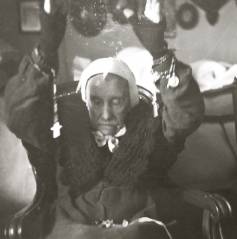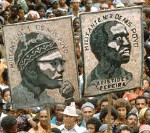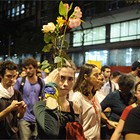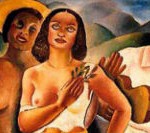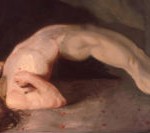March 2019
In April 1952, Bolivia experienced a social revolution that brought the Movimiento Nacionalista Revolucionario to power. Over a period of 12 years, until the MNR was ousted by a military coup in 1964, the party attempted to modernize Bolivia.
The article Liberating the people from their “loathsome practices:” public health and “silent racism” in post-revolutionary Bolivia explores the language that doctors and public health workers used to describe Bolivia’s indigenous population in the 1950s and 1960s.
This article was published in the dossier Public Health Policy in Latin America and the Caribbean Oct-Dec 2017).
It shows that despite the regime’s intention to move away from defining the rural population on racial terms, medical and political elites continued to define indigenous customs as an obstacle to progress and a remnant of an antiquated past.
Read in Manguinhos:
Dossier Public Health Policy in Latin America and the Caribbean Oct-Dec 2017)







